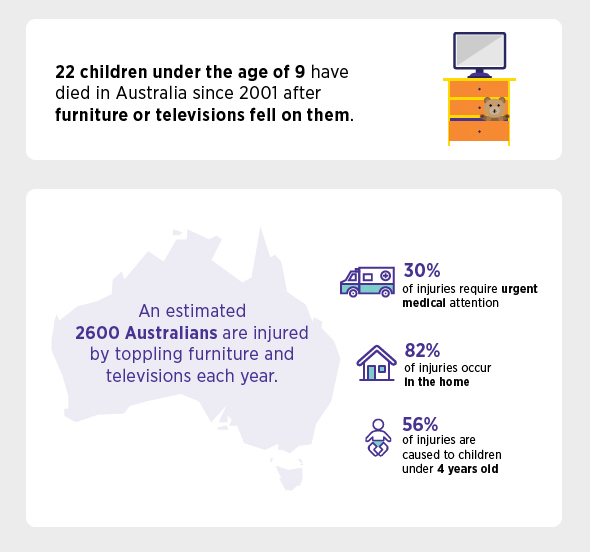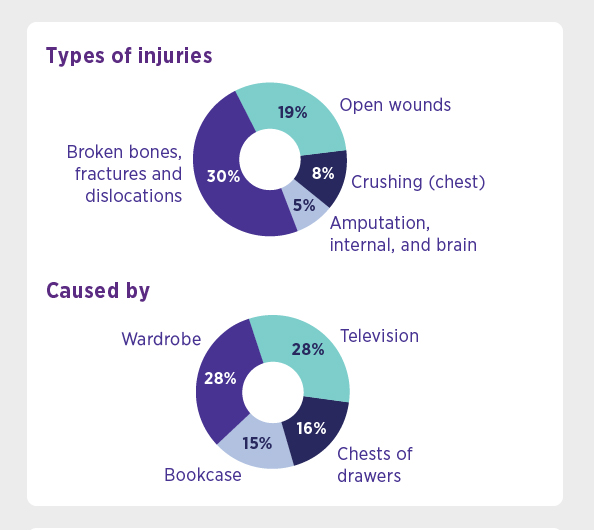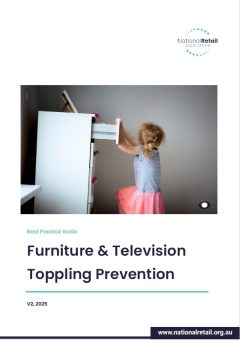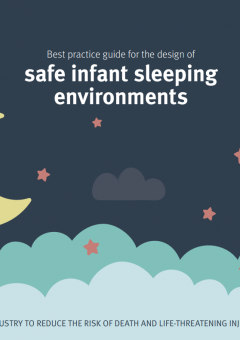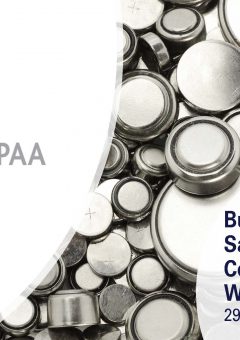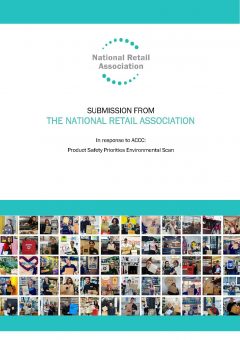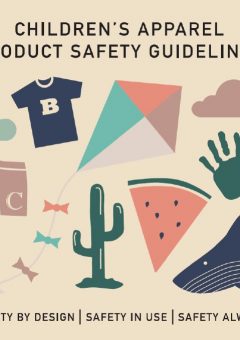In Australia, an estimated 20 children per week present to an emergency department with an injury related to a button battery.
Despite government education campaigns and extensive media coverage, many parents remain unaware of the hazards that button batteries pose to children. Button batteries are attractive to young children as they are bright, shiny and easy to swallow.
Button batteries present a hazard wherever they have prolonged local contact with the body, whether they are ingested or inserted (eg in an ear or nose). Lithium button batteries contain a hidden danger when ingested as an electrical current is generated when they come into contact with saliva. This causes internal chemical burns and severe bleeding with damage being caused in as little as one to two hours. These injuries can occur even if the battery that is swallowed is old or spent.
Button batteries are used to power many consumer goods including TV remote controls, cameras, watches, calculators, greeting cards, scales, hearing aids, torches and many others. They are also being increasingly used in children’s toys, novelty items and LED lights.
Button Battery Risks
Button batteries pose a serious hazard to children. If swallowed, in addition to presenting a choking hazard, a button battery can get stuck in a child’s throat and cause a chemical reaction that burns through tissue causing catastrophic bleeding. Serious injury can occur in as little as two hours. Death or lifelong injury and impairment can result. These injuries can occur even if the battery that is swallowed is old or spent.
The safety risk to children from button batteries arises when they can get access to the batteries. This may occur in different ways:
- household or other products which use button batteries do not have secure or ‘child resistant’ battery compartments;
- products are supplied with button batteries that still need to be installed in packaging that is not child resistant;
- new or replacement button batteries are purchased separately in packaging that is not child resistant;
- old or spent button batteries have been removed from a product but not properly disposed of.
Advice to Consumers
- Only purchase button batteries that come in child resistant packaging, and store them securely.
- If you are buying button battery powered devices, look for ones where the battery compartment requires a tool or dual simultaneous movement to open.
- Keep products with button batteries out of sight and out of reach of small children.
- Examine devices and make sure a child cannot gain access to the button batteries inside.
- Dispose of old or spent button batteries you have removed from a product immediately. Flat batteries can still be dangerous.
- If you suspect a child has swallowed a button battery, contact the Poisons Information Centre on 13 11 26 and you will be directed to the nearest hospital or emergency service that can manage the injury.
Advice to Suppliers
- The ACCC strongly encourages suppliers (manufacturers, wholesalers, distributors and retailers) to adopt the principles outlined in the voluntary Industry Code for Consumer Goods that Contain Button Batteries (see link below).
- The Code requires consumer goods that use one or more replaceable button batteries to either:
- have a battery compartment (or other enclosure) that is secured (preferably with a captive screw, a bolt or mechanism) such that it requires a tool to gain access to the batteries; or
- have a battery compartment that requires two or more independent, and simultaneous actions to remove its cover.
- Ensure that any button batteries you supply are in child resistant packaging with warnings alerting consumers to the hazards to young children.
- Inform consumers at the point of sale, including for online sales, if the product they are purchasing requires button batteries to operate and that these are hazardous to young children.
- Consider the height at which button batteries and products containing button batteries are displayed in retail stores and assess the likelihood of them being accessed by children in the store.
Further information can be found on the ACCC’s website.
Industry Code
The NRA Technical Standards Committee has enacted major industry change surrounding the use and access to button batteries for children.
The NRA Technical Standards Committee working group devised the current “Industry Code for Consumer Goods that Contain Button Batteries” in conjunction with the ACCC and consumer safety regulators. The Industry Code aims to reduce the risk of death and life threatening injuries to children from button battery ingestion.
Download the Industry Code (ACCC external link) >
Battery Stewardship Council
The NRA is a scheme initiator and supporter of the Battery Stewardship Council. The stewardship scheme calls for responsible management of batteries from design through to its end of life. For retailers selling batteries, stewardship means ensuring these batteries are used safely and once spent, are properly managed to the end of their life. Often it also means providing drop off facilities for consumers seeking to dispose of their batteries responsibly.




